Home>Furniture & Design>Interior Design Trends>How Many Cups Is A Glass Of Water
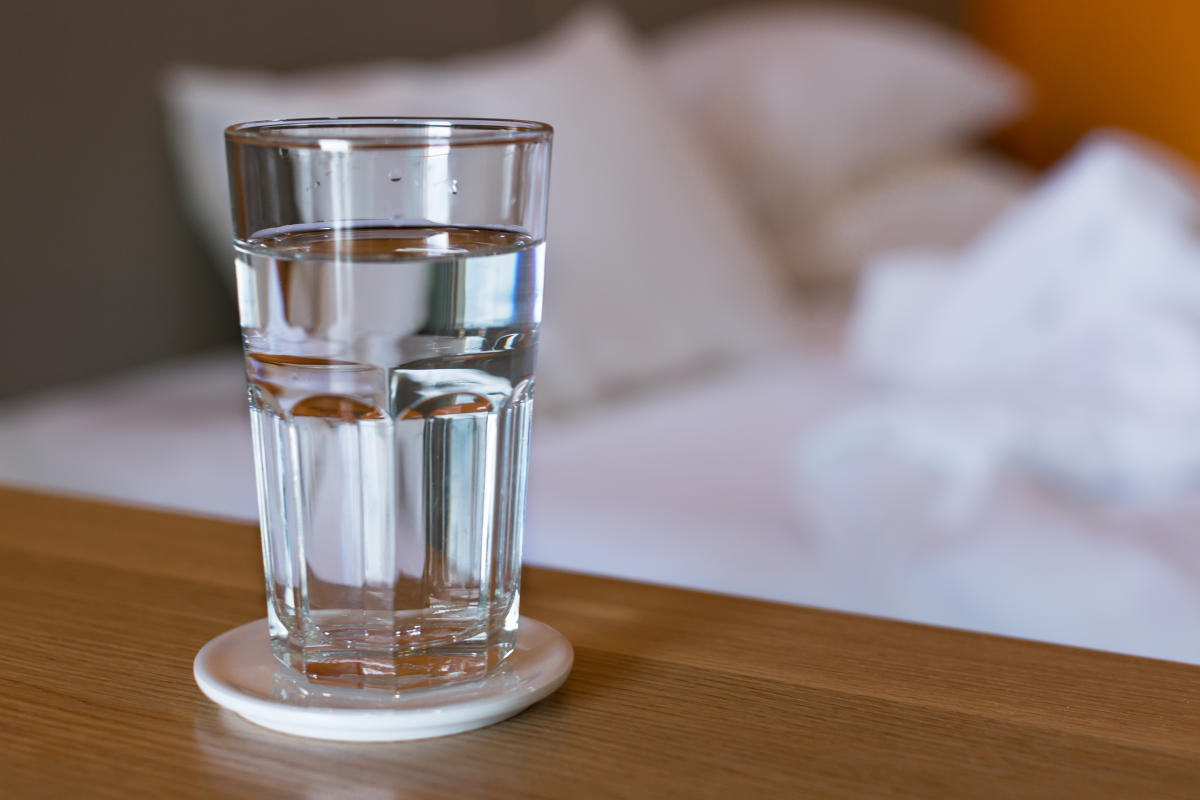

Interior Design Trends
How Many Cups Is A Glass Of Water
Modified: October 20, 2024
Discover the latest interior design trends and learn how many cups make up a standard glass of water. Stay updated with our expert insights.
(Many of the links in this article redirect to a specific reviewed product. Your purchase of these products through affiliate links helps to generate commission for Storables.com, at no extra cost. Learn more)
The Definition of a Cup and a Glass
When it comes to measuring liquids, the terms "cup" and "glass" are commonly used, but their definitions can vary depending on cultural and regional differences. In general, a cup is a small, cylindrical container with a handle, typically used for drinking hot beverages such as coffee or tea. On the other hand, a glass is a broader term that refers to a container made of glass or other transparent materials, often used for serving cold beverages like water, juice, or soda.
In the context of liquid measurement, a cup is a standardized unit of volume used in cooking and recipe preparation. It is commonly denoted as "C" or "Cup" and is equivalent to 8 fluid ounces in the United States. However, it's important to note that the definition of a cup can vary internationally, with different countries adopting their own standard measurements for this unit.
Similarly, a glass is a vessel typically used for serving and consuming beverages. The size and shape of a glass can vary widely, ranging from small tumblers to large, decorative goblets. In the context of liquid measurement, a standard glass is often considered to hold around 8 to 12 fluid ounces, although this can also differ based on cultural and regional norms.
Understanding the definitions of a cup and a glass is essential for accurate liquid measurement and recipe preparation. Whether you're following a recipe or simply trying to stay hydrated, knowing the standard measurements for these vessels can help ensure precision and consistency in your culinary endeavors and daily hydration routine.
Key Takeaways:
- 1. Cups and glasses have different standard measurements for liquid. In the US, a cup equals 8 fluid ounces, while a standard glass holds around 8 to 12 fluid ounces. These measurements can vary internationally and impact recipe accuracy.
- 2. Stay hydrated by drinking water and monitoring your body’s signals. Consider factors like age, activity level, and climate to determine your daily water intake. Use practical tips like carrying a water bottle and eating hydrating foods to maintain optimal hydration.
Read more: How Many Cups Is A Glass Of Water
The Standard Measurement of a Cup and a Glass
When it comes to liquid measurement, understanding the standard capacity of a cup and a glass is essential for precise recipe preparation and hydration management. In the United States, a cup is a widely recognized unit of volume, equivalent to 8 fluid ounces. This standard measurement is commonly used in cooking and baking, providing a consistent reference point for ingredient quantities in recipes. However, it's important to note that the definition of a cup can vary internationally, with some countries adopting different standard measurements for this unit.
In the context of liquid measurement, a glass is a versatile vessel used for serving and consuming a variety of beverages. While the size and shape of glasses can vary significantly, a standard glass typically holds around 8 to 12 fluid ounces of liquid. This range allows for flexibility in serving different types of drinks, from water and juice to cocktails and soft drinks. However, it's worth mentioning that the specific capacity of a glass can be influenced by cultural and regional preferences, leading to variations in size and volume across different settings.
In addition to the standard measurements for cups and glasses, it's important to consider the material and design of these vessels. For example, glassware made from different materials, such as tempered glass or crystal, may have varying thickness and weight, potentially affecting their liquid-holding capacity. Similarly, the shape and style of a glass can impact its volume, with certain designs allowing for larger or smaller liquid quantities.
Furthermore, the standard measurements of cups and glasses play a crucial role in maintaining consistency and accuracy in both culinary and hospitality settings. Whether following a recipe in the kitchen or serving beverages in a restaurant or bar, adhering to recognized cup and glass measurements ensures uniformity and precision. This not only contributes to the quality of food and beverage experiences but also facilitates efficient inventory management and portion control in commercial establishments.
Understanding the standard measurement of a cup and a glass provides a solid foundation for fluid volume awareness, enabling individuals to make informed choices when it comes to hydration and recipe execution. By recognizing the established capacities of these common vessels, individuals can navigate the world of liquid measurement with confidence and precision, whether they're mixing up a refreshing drink or following a beloved family recipe.
Converting Cups to Glasses and Vice Versa
When it comes to fluid measurement, the ability to convert between cups and glasses is a valuable skill for both culinary enthusiasts and hospitality professionals. Understanding how to seamlessly transition between these common vessels allows for flexibility in recipe preparation, beverage service, and hydration management.
In the realm of liquid measurement, the conversion between cups and glasses is influenced by the standard capacities of each vessel. In the United States, a standard cup holds 8 fluid ounces, while a typical glass can accommodate approximately 8 to 12 fluid ounces. To convert cups to glasses, one can use the following reference points:
-
One cup is roughly equivalent to one standard glass, providing a straightforward conversion for most recipes and hydration needs. This simple ratio allows for quick and intuitive transitions between these two units of volume, ensuring ease of use in various contexts.
-
For precise conversions, individuals can utilize the specific measurements of their glasses to determine the equivalent number of cups. By dividing the total fluid ounces of a glass by 8 (the number of fluid ounces in a cup), one can ascertain the corresponding cup measurement. This approach enables accurate adjustments when adapting recipes or monitoring fluid intake based on glass size.
Conversely, when converting from glasses to cups, the following considerations come into play:
-
A standard glass containing 8 to 12 fluid ounces can be translated into 1 to 1.5 cups, providing a general guideline for fluid volume conversion. This range accounts for the variability in glass sizes and ensures a practical approach to transitioning between these units of measurement.
-
To achieve precise conversions, individuals can divide the total fluid ounces of a glass by 8 to determine the corresponding cup measurement. This method allows for tailored adjustments based on the specific capacity of the glass, ensuring accuracy in recipe preparation and hydration tracking.
By mastering the art of converting cups to glasses and vice versa, individuals can navigate the world of liquid measurement with confidence and adaptability. Whether adjusting recipe quantities, serving beverages in a hospitality setting, or monitoring daily fluid intake, the ability to seamlessly transition between these common vessels empowers individuals to engage in fluid management with precision and ease.
Understanding the principles of converting cups to glasses and vice versa not only enhances fluid volume awareness but also fosters a sense of fluidity and control in culinary and beverage-related endeavors. This proficiency enables individuals to fluidly navigate the nuances of liquid measurement, ensuring seamless transitions between cups and glasses in a variety of contexts.
A standard glass of water is typically 8 ounces, which is equal to 1 cup. So, a glass of water is equivalent to 1 cup.
How Much Water Should You Drink Daily?
Determining the appropriate daily water intake is crucial for maintaining overall health and well-being. While the commonly cited recommendation is to consume eight 8-ounce glasses of water per day, this guideline is a general starting point rather than a one-size-fits-all rule. Individual hydration needs can vary based on factors such as age, gender, activity level, climate, and overall health.
A more personalized approach to determining daily water intake involves considering specific factors that influence fluid requirements. For instance, the Institute of Medicine suggests that men aim for about 3.7 liters (125 ounces) of total water intake per day, while women should target approximately 2.7 liters (91 ounces). However, it's important to note that this total water intake includes not only water consumed directly but also water obtained from other beverages and food sources.
Furthermore, physical activity plays a significant role in determining hydration needs. Engaging in exercise or strenuous activities increases the body's demand for water to compensate for fluid loss through sweat and respiration. In such cases, it's recommended to consume additional water to replenish lost fluids and maintain optimal hydration levels.
Climate also influences daily water requirements, as hot and humid conditions can lead to increased perspiration and greater fluid loss. In contrast, individuals living in cooler environments may have lower water needs. Additionally, certain health conditions, such as fever, diarrhea, or pregnancy, can impact hydration needs and may necessitate adjustments to daily water intake.
Monitoring individual hydration status is essential for ensuring adequate water consumption. Signs of dehydration, such as dark urine, dry mouth, fatigue, and dizziness, indicate the need to increase fluid intake. Conversely, excessive water intake can lead to overhydration, which may manifest as headaches, nausea, and confusion.
In summary, while the "eight glasses a day" guideline provides a basic framework for daily water intake, it's essential to consider individual factors such as age, gender, activity level, climate, and health status when determining optimal hydration needs. By staying attuned to the body's signals and adjusting water intake based on specific circumstances, individuals can maintain proper hydration and support overall health and wellness.
Tips for Staying Hydrated
Staying adequately hydrated is essential for overall health and well-being. Proper hydration supports various bodily functions, including temperature regulation, nutrient transport, and waste removal. To maintain optimal hydration levels, consider the following tips:
-
Carry a Reusable Water Bottle: Keeping a reusable water bottle on hand serves as a visual reminder to drink water throughout the day. Opt for a bottle with volume markings to track your water intake and ensure you're meeting your hydration goals.
-
Set Reminders: In today's fast-paced world, it's easy to get caught up in daily activities and forget to drink water. Set periodic reminders on your phone or use apps designed to prompt you to take regular water breaks.
-
Infuse Your Water: If you find plain water unappealing, infuse it with fresh fruits, herbs, or cucumber slices to add a hint of flavor. This can make drinking water more enjoyable and encourage increased consumption.
-
Monitor Urine Color: Pay attention to the color of your urine as a simple indicator of hydration status. Light yellow or pale straw-colored urine generally indicates adequate hydration, while dark yellow urine may signal the need to drink more water.
-
Eat Hydrating Foods: Incorporate water-rich foods such as cucumbers, watermelon, oranges, and lettuce into your diet. These foods not only contribute to overall hydration but also provide essential nutrients and fiber.
-
Establish a Routine: Create a hydration routine by drinking a glass of water upon waking up, before meals, and before bedtime. This structured approach can help ensure consistent water intake throughout the day.
-
Monitor Your Environment: Be mindful of environmental factors that can affect hydration, such as high temperatures, dry climates, or air-conditioned spaces. Adjust your water intake based on these conditions to prevent dehydration.
-
Drink Before Exercise: Hydrate before, during, and after physical activity to replace fluids lost through sweat. Aim to drink water or a sports drink to maintain electrolyte balance during prolonged or intense workouts.
-
Limit Dehydrating Beverages: Reduce consumption of dehydrating beverages such as caffeinated and alcoholic drinks, as they can contribute to fluid loss. If you do consume these beverages, balance them with adequate water intake.
-
Listen to Your Body: Pay attention to thirst cues and respond promptly by drinking water. Thirst is a natural signal that your body needs hydration, so tune in to your body's needs and drink water accordingly.
By incorporating these practical tips into your daily routine, you can establish healthy hydration habits and ensure that your body receives the water it needs to function optimally. Remember that staying hydrated is a continuous process, and making conscious efforts to prioritize hydration can have a positive impact on your overall health and well-being.
Frequently Asked Questions about How Many Cups Is A Glass Of Water
Was this page helpful?
At Storables.com, we guarantee accurate and reliable information. Our content, validated by Expert Board Contributors, is crafted following stringent Editorial Policies. We're committed to providing you with well-researched, expert-backed insights for all your informational needs.
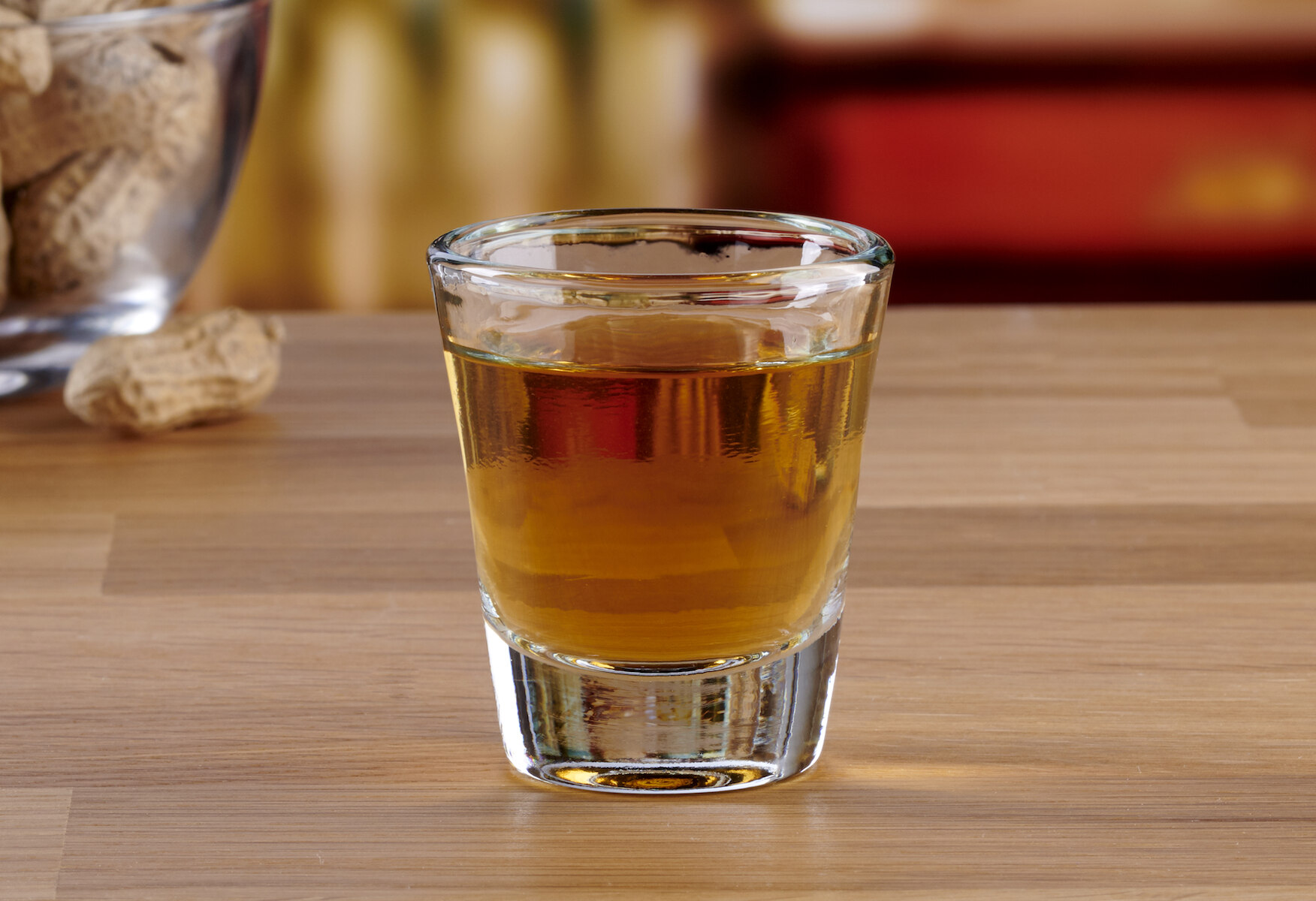
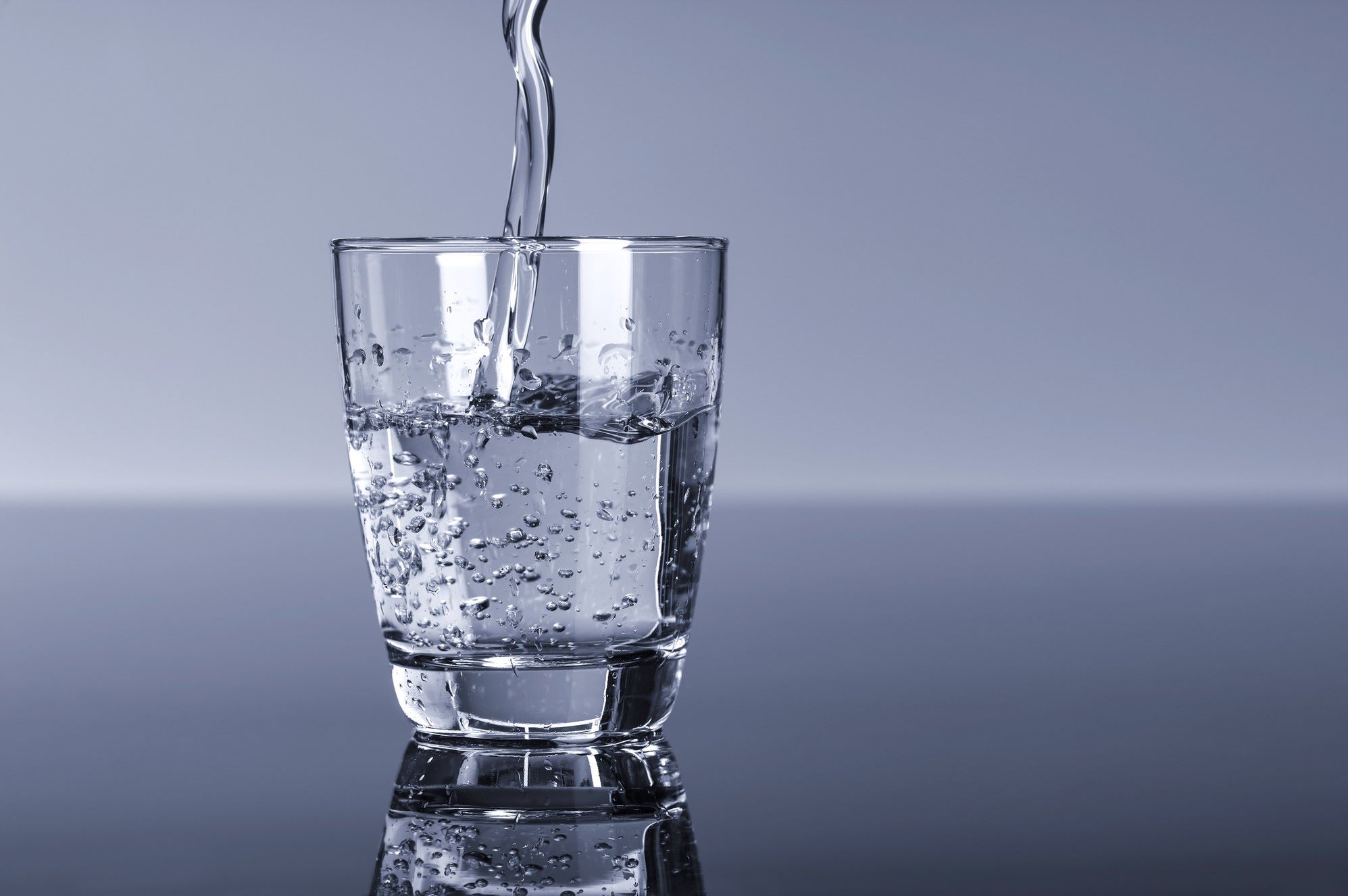
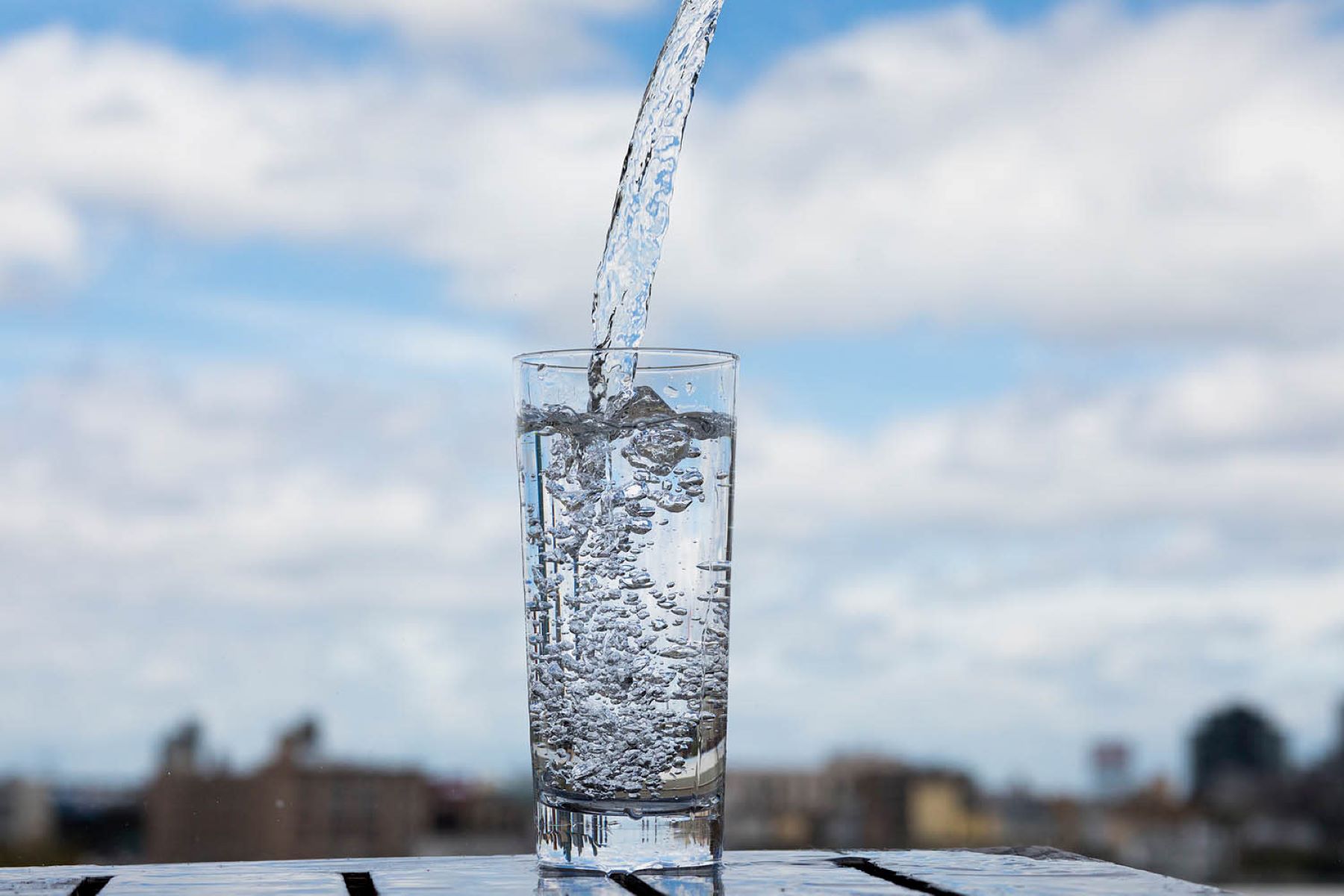
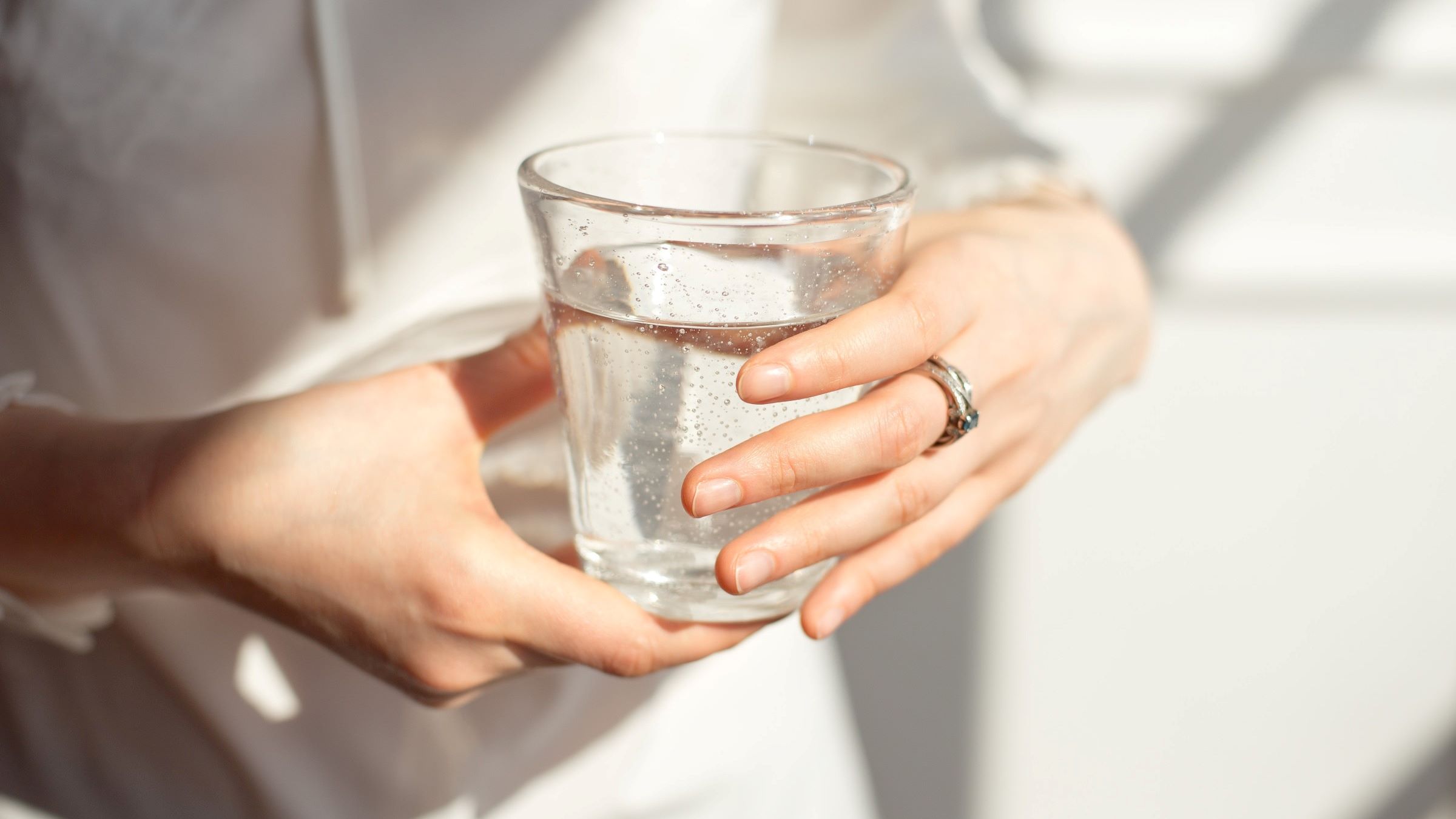
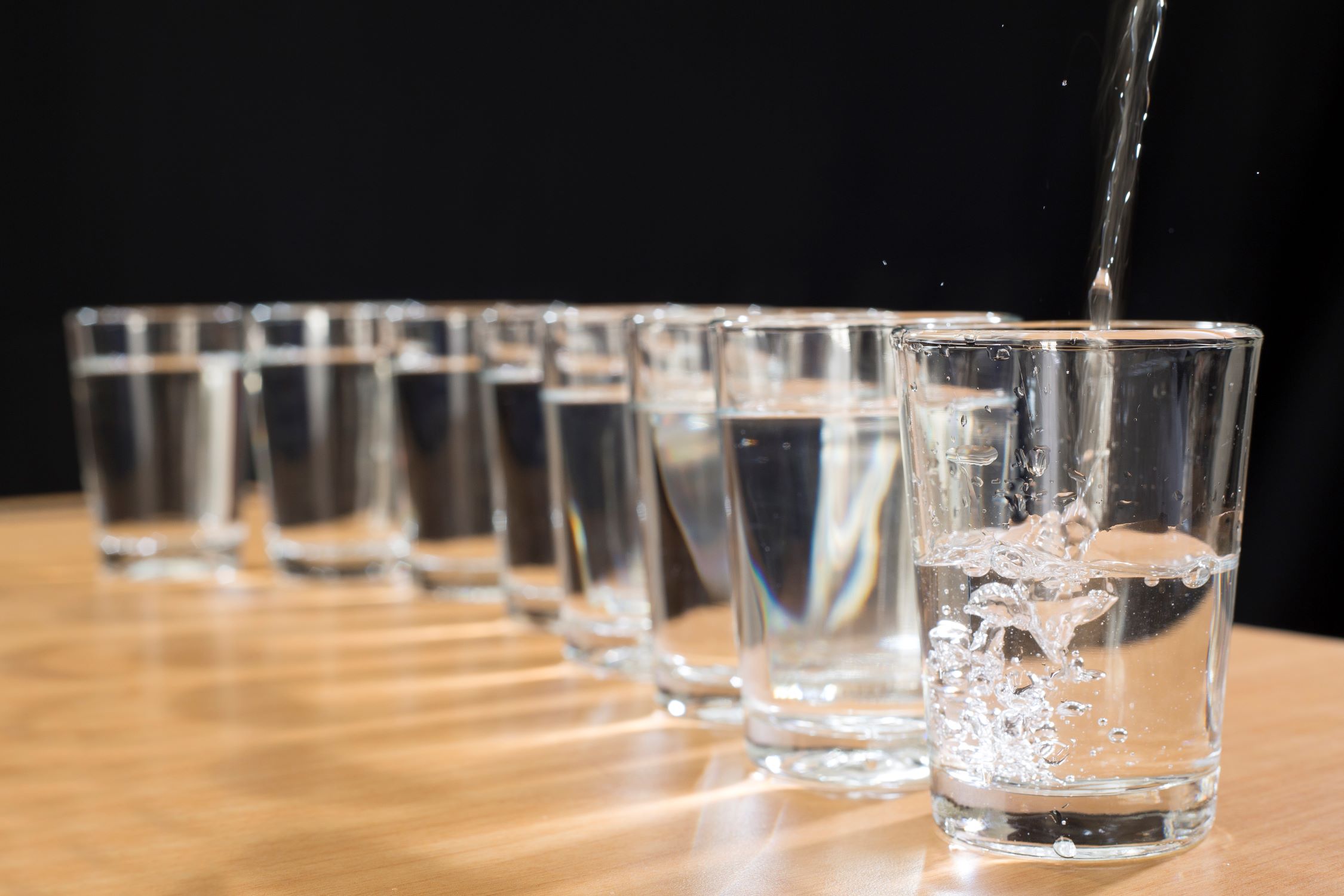
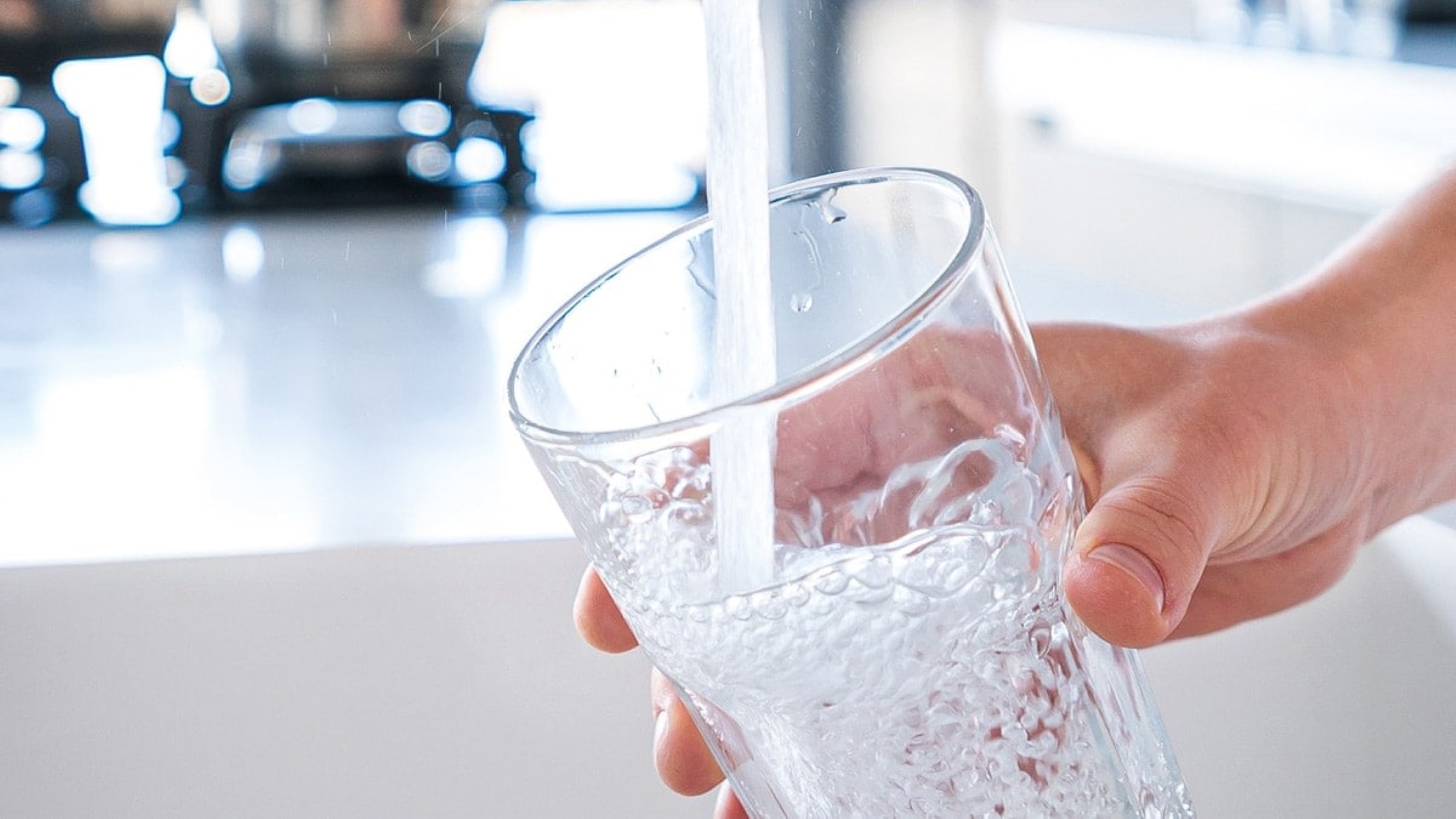
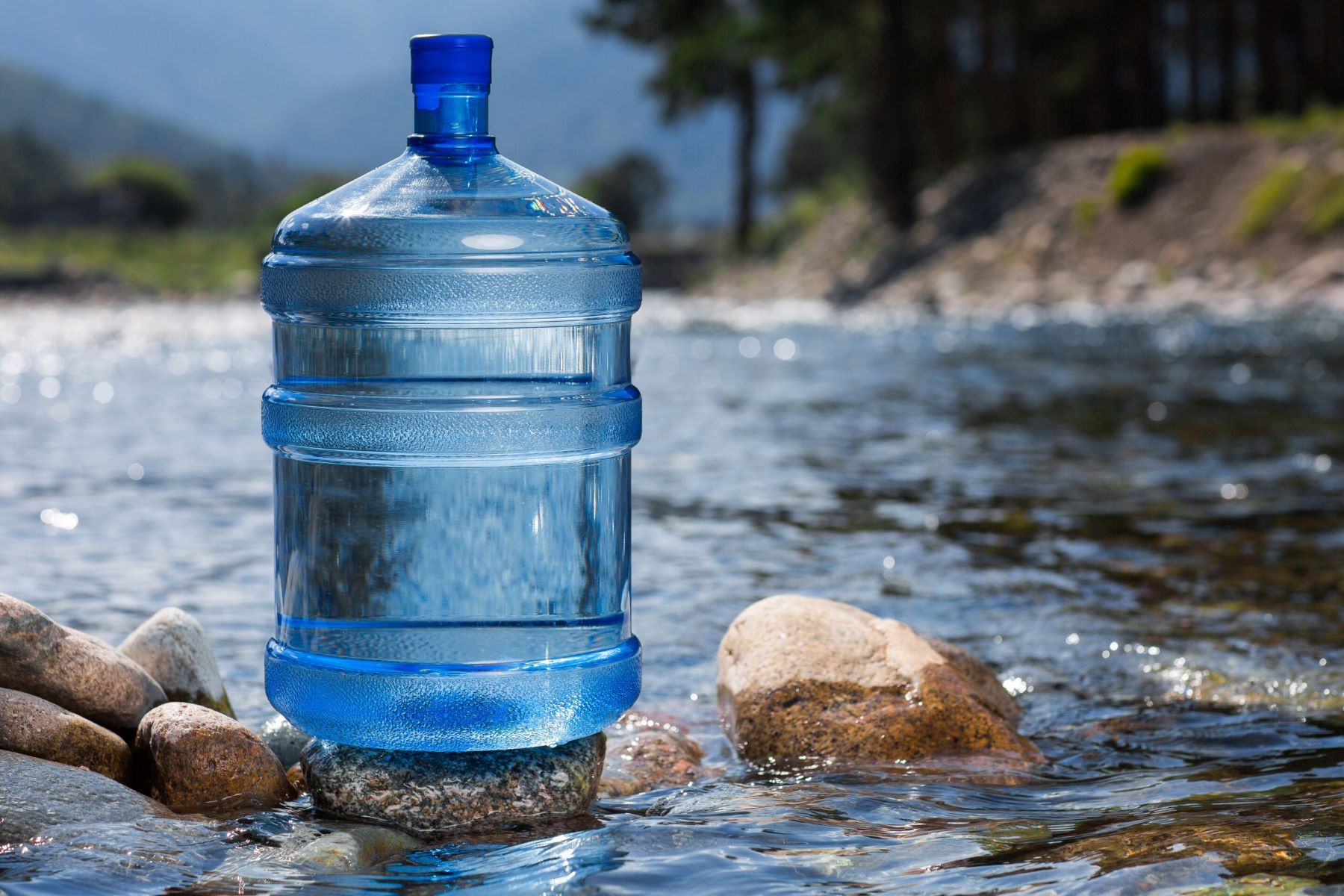
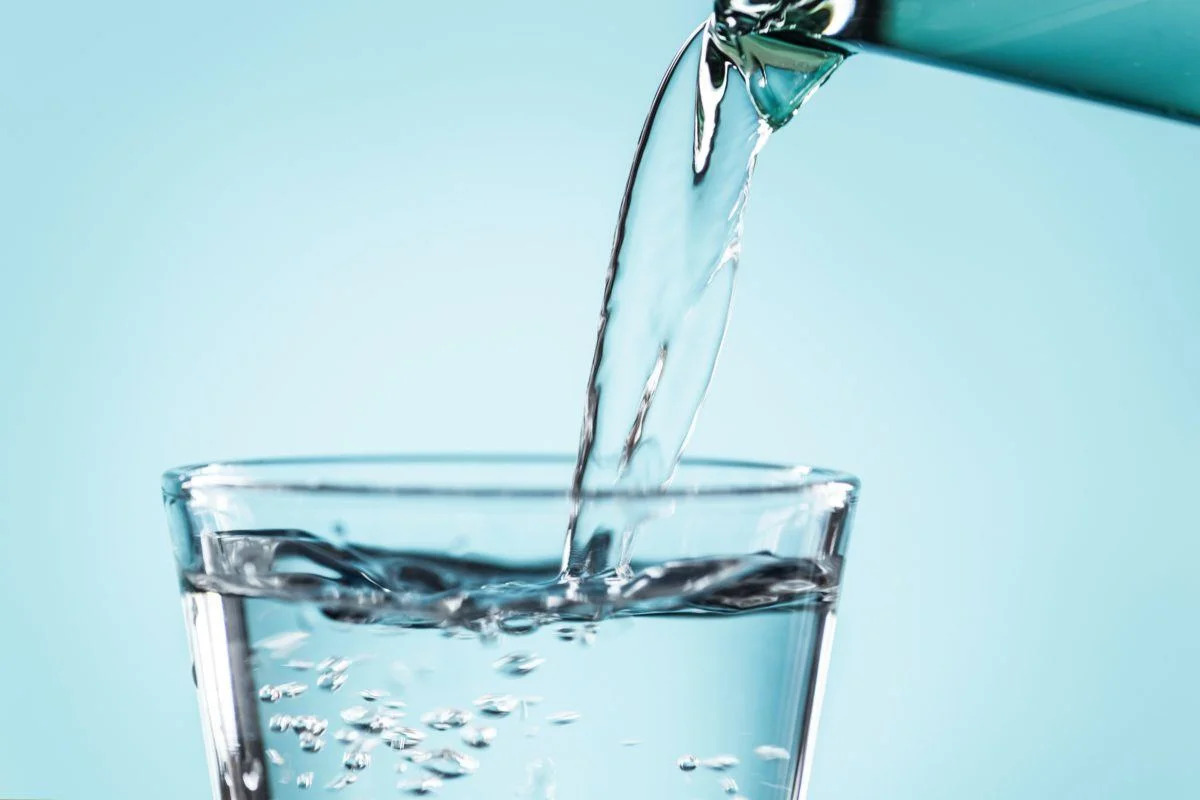
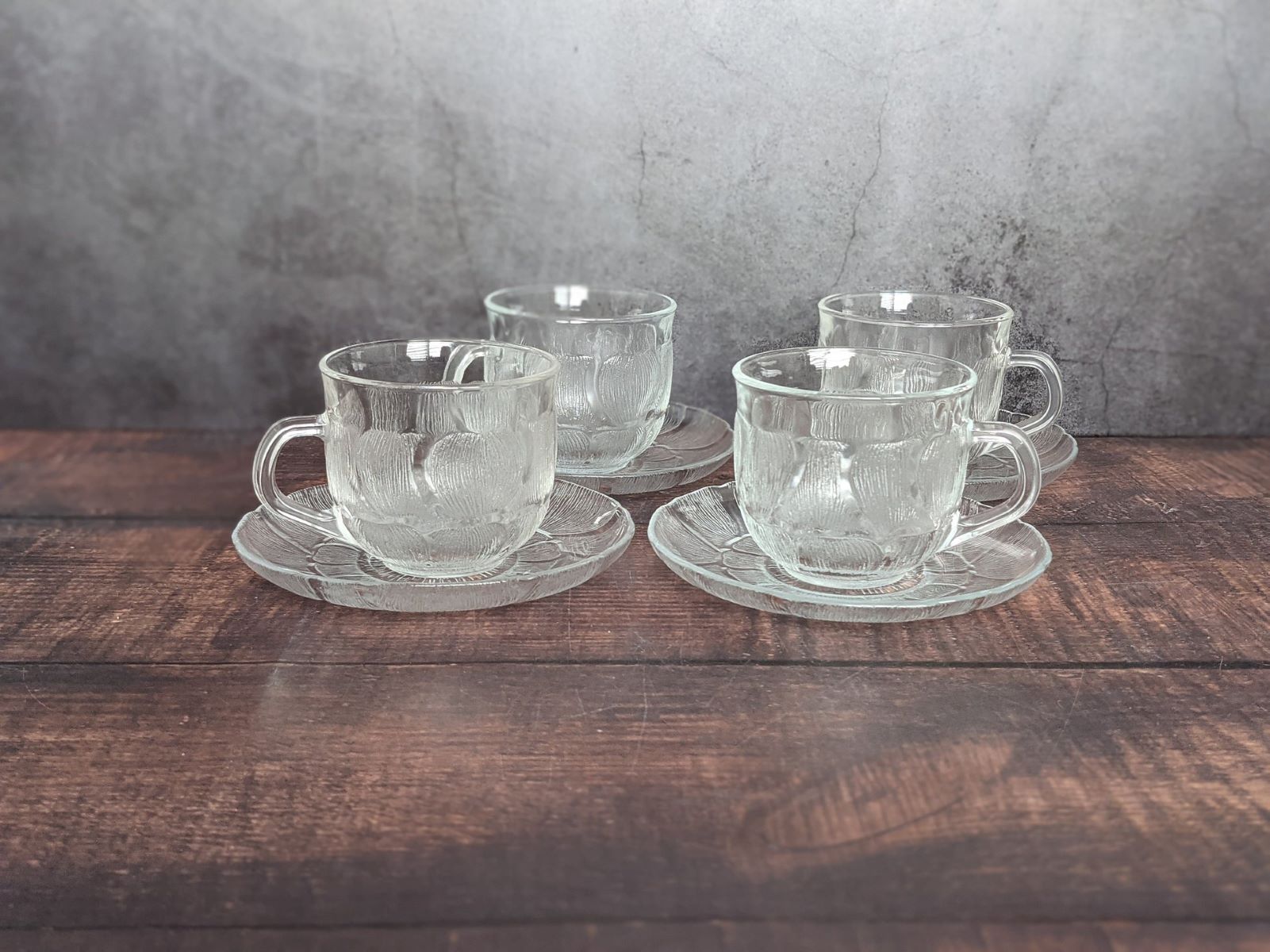
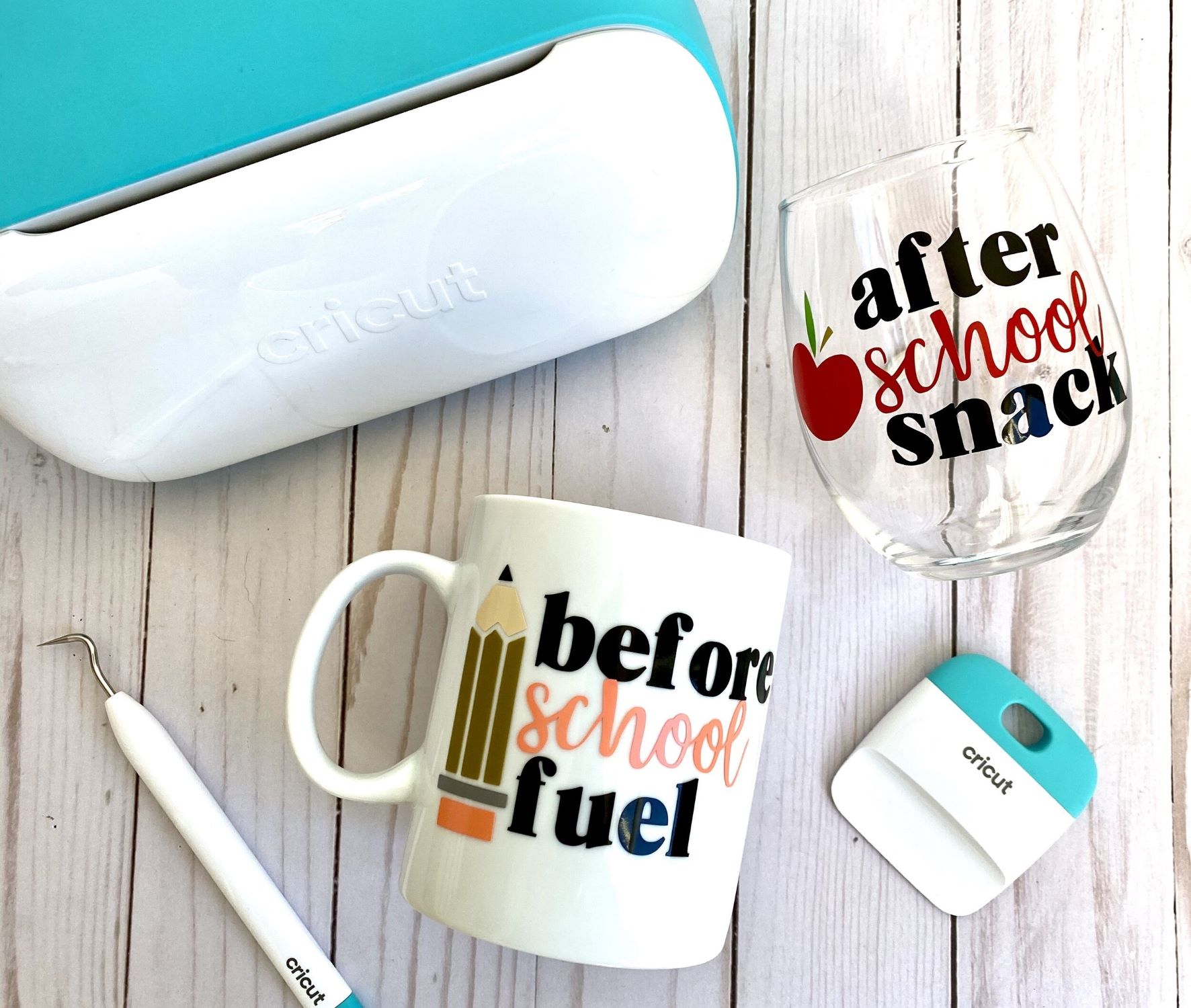
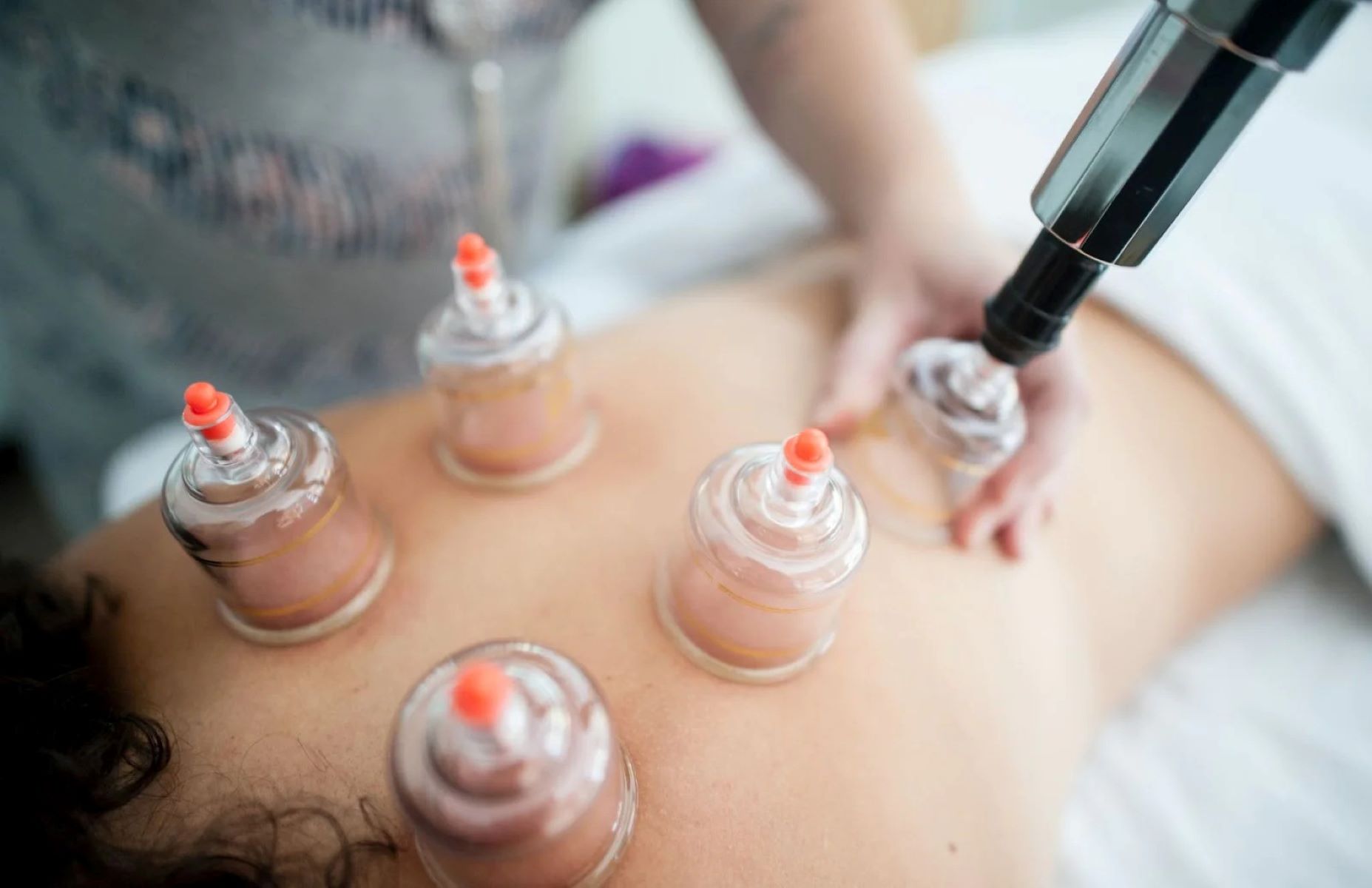
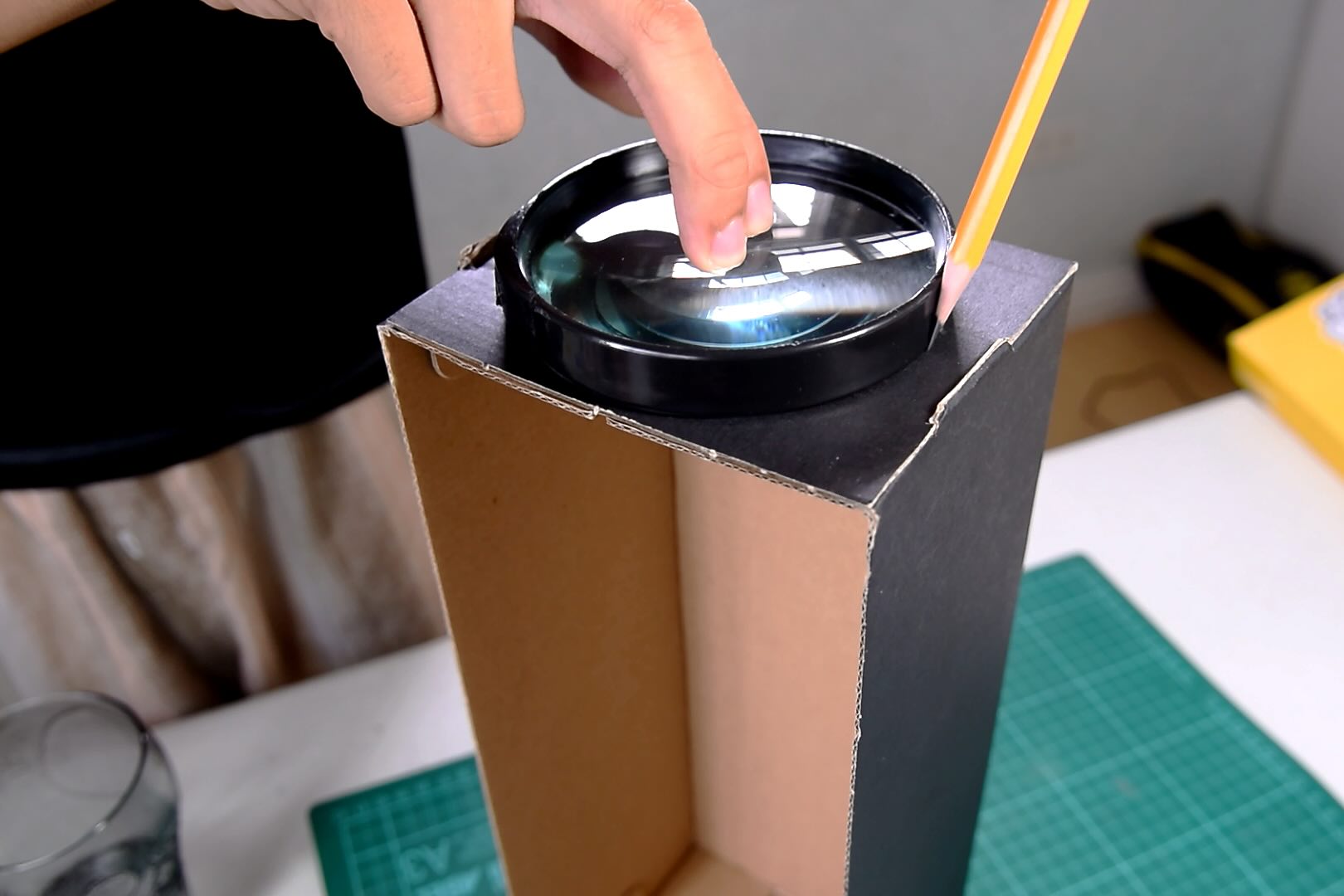
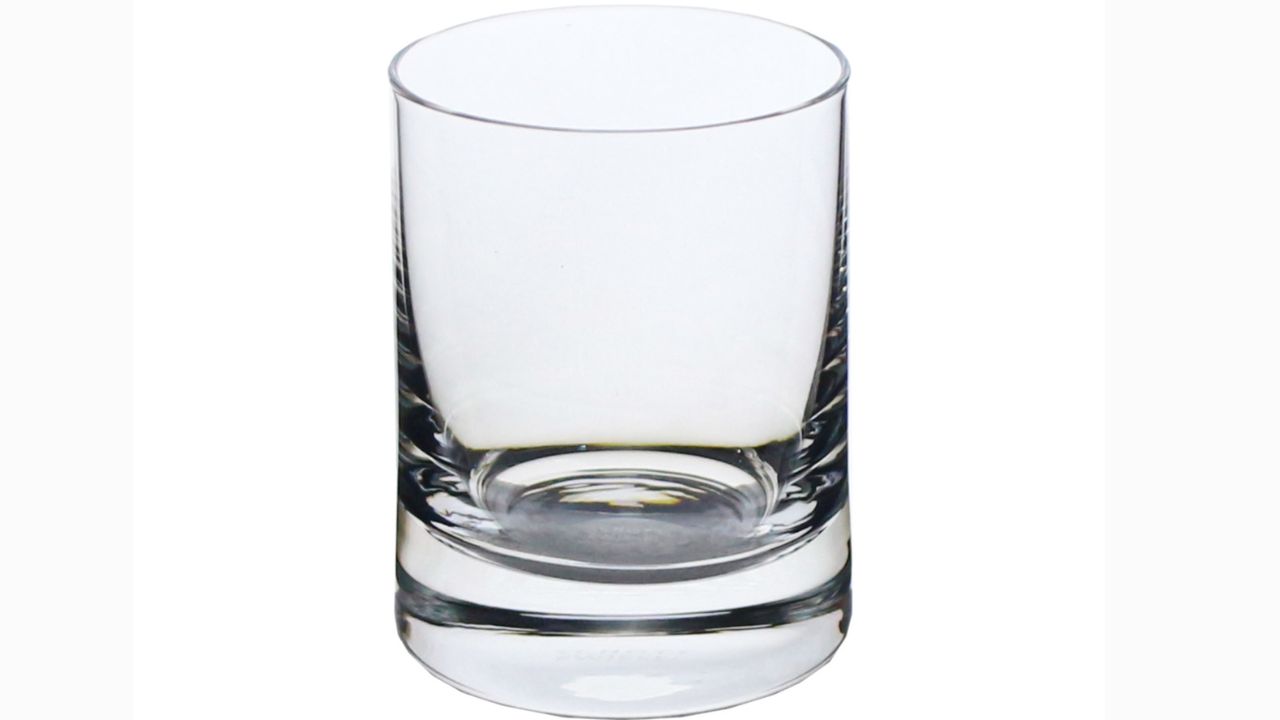
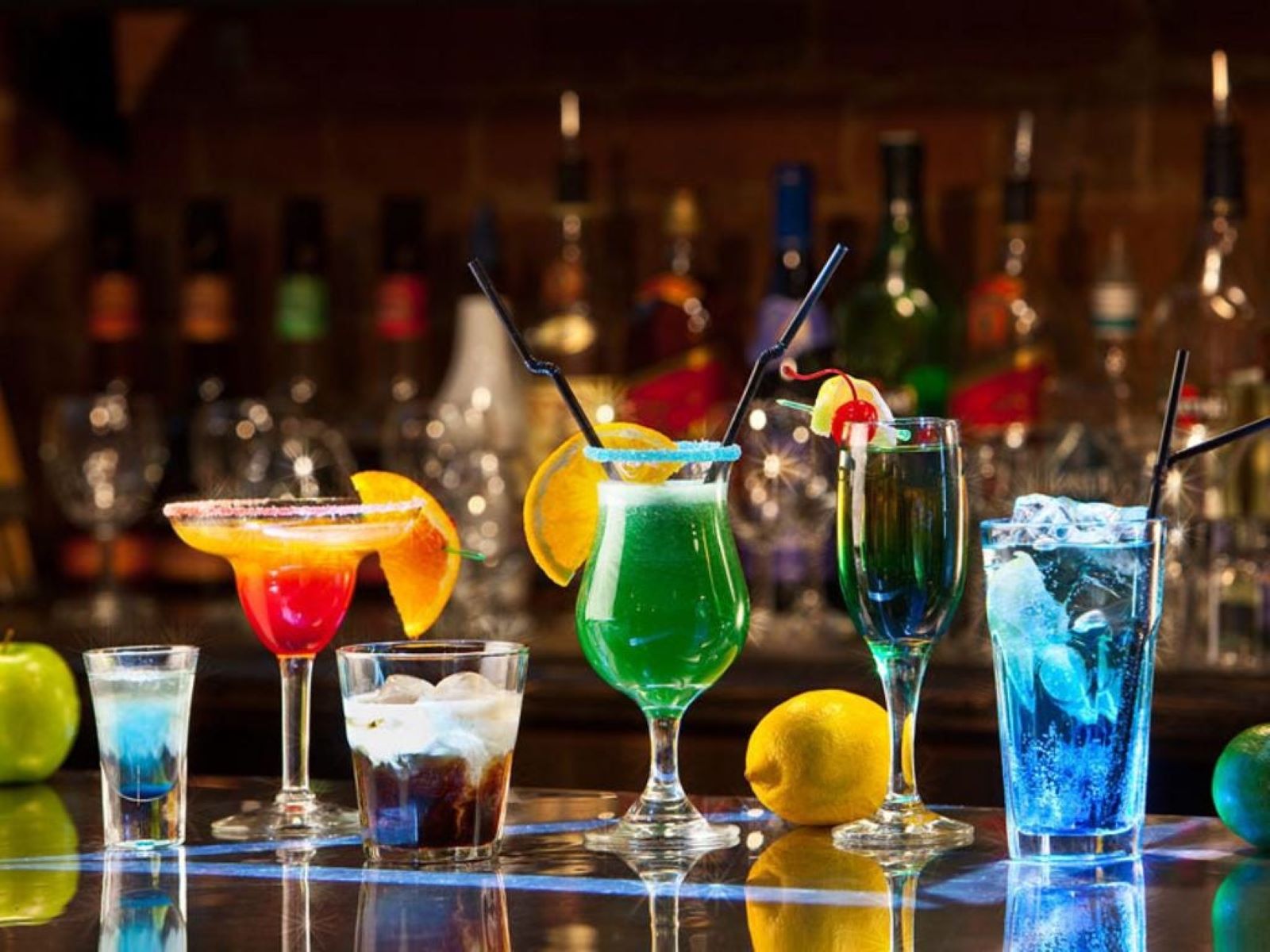
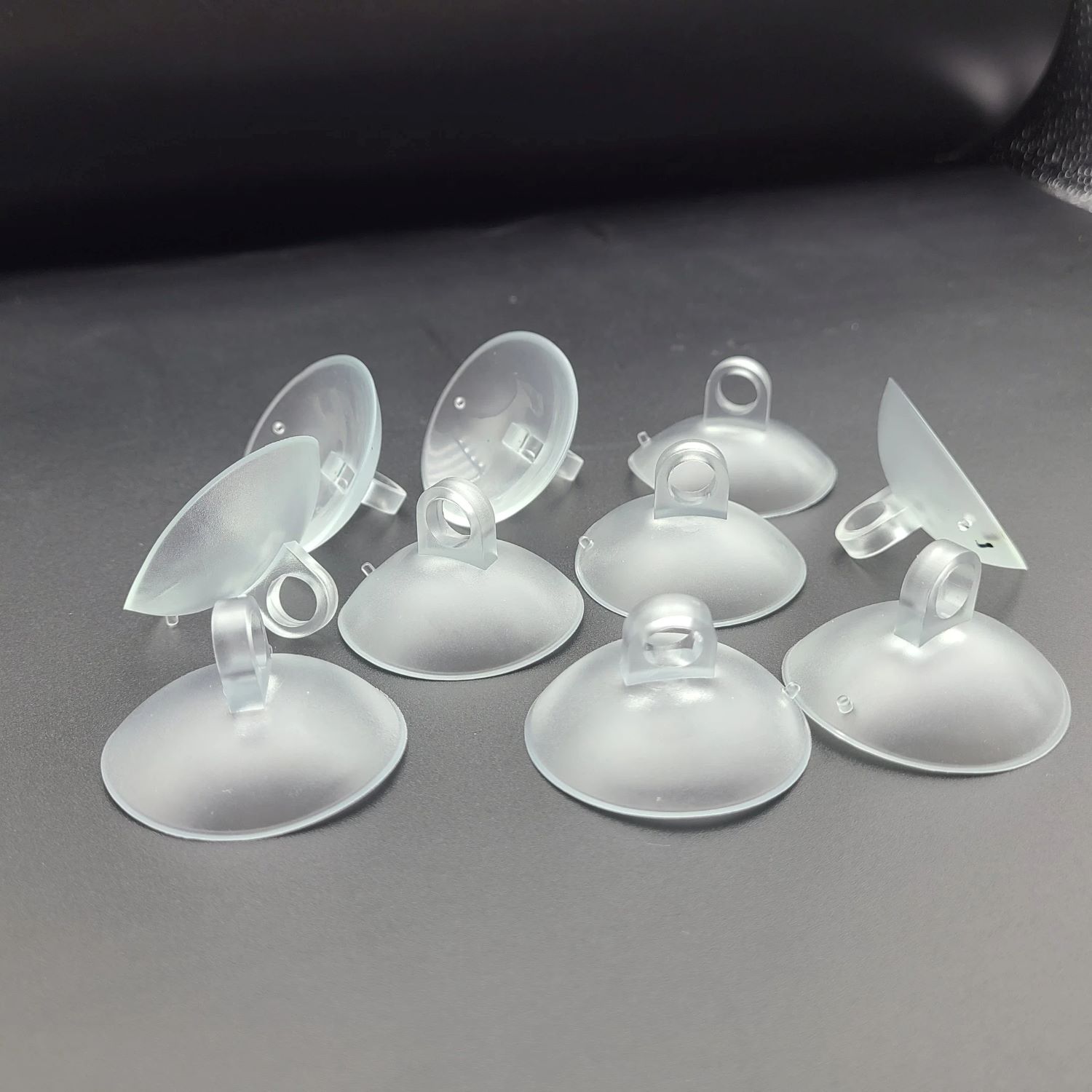

0 thoughts on “How Many Cups Is A Glass Of Water”